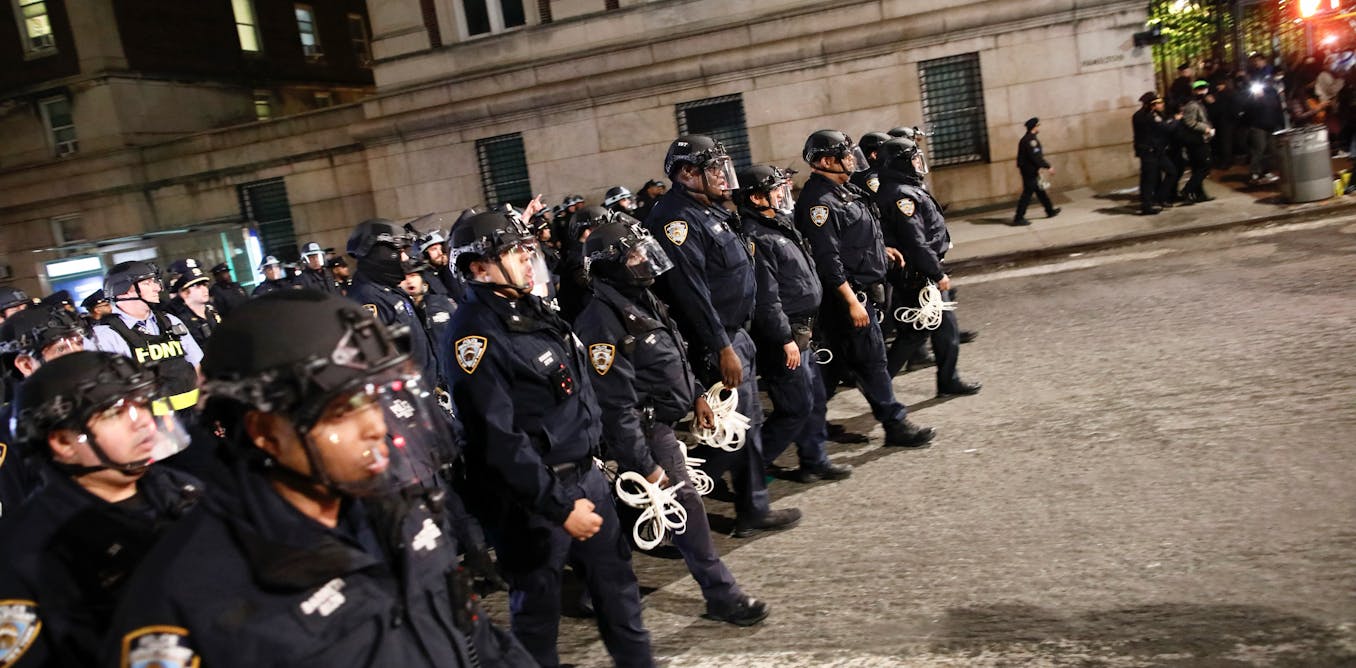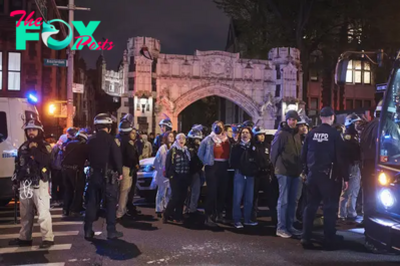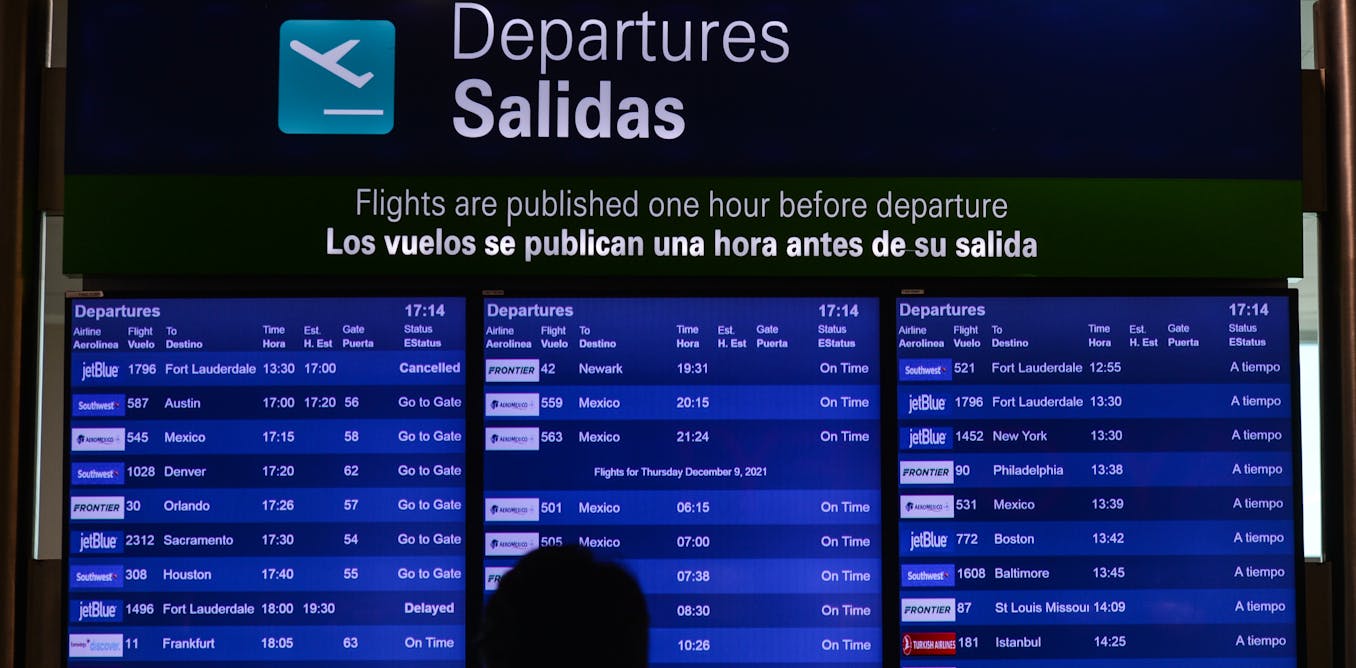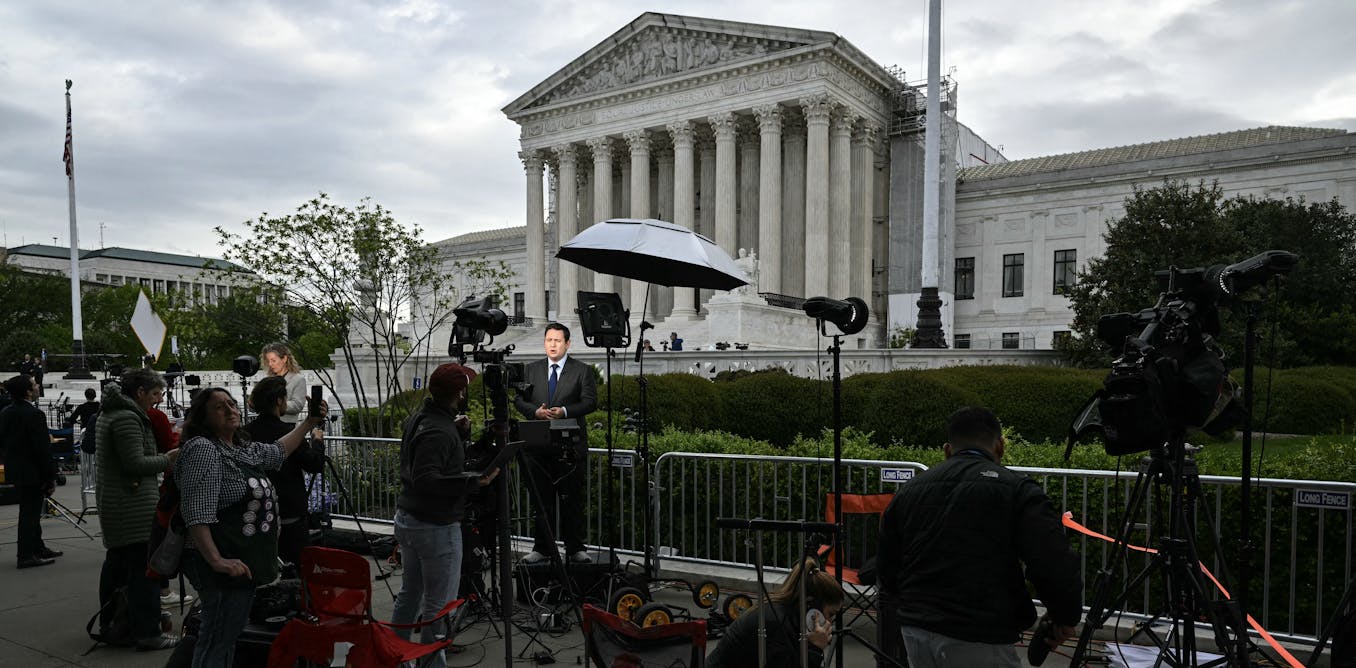Politics
Alabama Republicans spark another legal fight by not creating 2nd majority-Black district
Setting the stage for another legal battle in their state, Alabama's Republican-led Legislature on Friday passed a new congressional map with just one majority-Black district and a second district that has less than 50% Black residents -- a move that state Democrats denounced as a shameless rejection of a recent U.S. Supreme Court decision.
Critics say the map, which was sponsored by Republican state Sen. Steve Livingston and quickly signed into law by Gov. Kay Ivey on Friday evening, could defy the June ruling from the high court even as conservatives insist they acted responsibly.
Next month, the newly drawn districts will go back before a federal court to determine whether they comply with the Voting Rights Act.
If the map is deemed to be in violation of the VRA, a special master will be appointed to redraw it.
Plaintiffs have until Friday to file their objections ahead of the court's hearing in mid-August.
The three-judge panel that originally struck down Alabama's existing map in 2022 ordered the Legislature to then draw "two districts in which Black voters either comprise a voting-age majority or something quite close to it."
Defenders of the new map argue that they've achieved "something quite close."
Under the map passed Friday, Black voters comprise 39.93% of Alabama's 2nd District, compared to about 30% currently, and 50.65% of the 7th District, a decrease from the about 55% now.
MORE: How redistricting in 6 states could affect who controls Congress
GOP lawmakers in the state House and Senate voted down attempts by Democratic lawmakers to propose alternative maps, including a plan with two majority-Black districts endorsed by the plaintiffs in Allen v. Milligan, the court case against the previous map.
Deuel Ross, the plaintiffs' lawyer, said Friday that his clients will challenge the new districts since they don't "remedy the Voting Rights Act violation identified by the Supreme Court."
"What we are dealing with is a group of lawmakers who are blatantly disregarding not just the Voting Rights Act, but a decision from the U.S. Supreme Court and a court order from the three-judge district court," the plaintiffs said in a statement. "Even worse, they continue to ignore constituents' pleas to ensure the map is fair and instead remain determined to rob Black voters of the representation we deserve. We won't let that happen."
In a 5-4 decision, the U.S. Supreme Court last month sided with the lower court ruling and found that Alabama's map violated Section 2 of the VRA by diluting Black voters' ability to elect a representative of their choice.
Although Black people make up more than a quarter of Alabama's population, only one of the state's seven districts remains majority-Black and is represented by Democrat Terri Sewell, who is Black. The six other districts are represented by white Republicans.

The Legislature's new map is drawn in a way that means none of the state's Republican incumbents would have to compete against each other.
According to an analysis by FiveThirtyEight -- which examined a separate but similar map proposal advanced out of a House committee last week -- the makeup of the 2nd District under Alabama's new map would likely not meet the threshold for Black voters to be able to reliably elect the candidate of their preference.
Ahead of the state House's vote to approve the map, Democratic Rep. Chris England criticized the new districts for being "a checklist of noncompliance" and accused his Republican colleagues of designing the map to "finish off the Voting Rights Act."
In the state Senate, Democratic Minority Leader Bobby Singleton contended that conservatives were trying to "silence the voice of Black voters."
Republicans have defended themselves.
"The Legislature knows our state, our people and our districts better than the federal courts or activist groups, and I am pleased that they answered the call, remained focused and produced new districts ahead of the court deadline," Ivey, the governor, said in a statement.
State House Speaker Pro Tempore Chris Pringle, who serves as the co-chair of the redistricting committee, said throughout the five-day special session to redraw the map that he supported districts that were "compact and contiguous" but not "racial gerrymanders."
"We've drawn a district that provides an opportunity for the minorities to elect a candidate of their choosing," he said.
MORE: Dems, shocked by SCOTUS minority voter ruling, see opportunity as House fight looms
But while Pringle maintained that lawmakers had complied with the essence of the ruling, state Sen. Livingston, who sponsored the new map, said on Friday that "the court could have given us a little bit better directive on where we were headed. We would have wanted a better definition of opportunity. It would have helped all of us better."
Alabama's congressional map could sway the odds for control of the U.S. House of Representatives in 2024. Republicans currently hold the chamber by only five seats.
After the U.S. Supreme Court's decision, experts posited that the creation of a second majority-Black district could result in a one-seat pick up for Democrats, because Black voters in Alabama tend to vote for Democrats.
During a state House floor debate on Wednesday, Rep. Barbara Drummond, a Democrat, called Republicans' support for a map with only one predominantly Black district an affront to both Black voters and to the judiciary.
"This is really a slap in the face, not only to Black Alabamians but to the Supreme Court," she said.
Said state Rep. Prince Chestnut, another Democrat: "We're fighting the same battles that they were fighting 100 years ago, 50 years ago, 40 years ago, right here today."
-

 Politics34m ago
Politics34m agoWhy universities turn to the police to end student protests − and why that can spiral out of control
-

 Politics4h ago
Politics4h agoPro-Palestinian Campus Protests Highlight Divisions Among Democrats
-

 Politics6h ago
Politics6h agoMexico emerges as a destination for Americans seeking reproductive health services – not for the first time
-

 Politics6h ago
Politics6h agoWhat the Supreme Court is doing right in considering Trump’s immunity case
-

 Politics11h ago
Politics11h agoRhode Island Weather for May 2, 2024 – John Donnelly
-

 Politics11h ago
Politics11h agoThe Independent Man, newly gilded, couldn’t miss Rhode Island Independence Day event
-

 Politics17h ago
Politics17h agoRep. Marjorie Taylor Greene Vows to Force a Vote Next Week on Ousting House Speaker Mike Johnson
-

 Politics19h ago
Politics19h agoFTC Bans Non-Compete Agreements: Why FTC Chairwoman Lina Khan Is Good For Black America


























